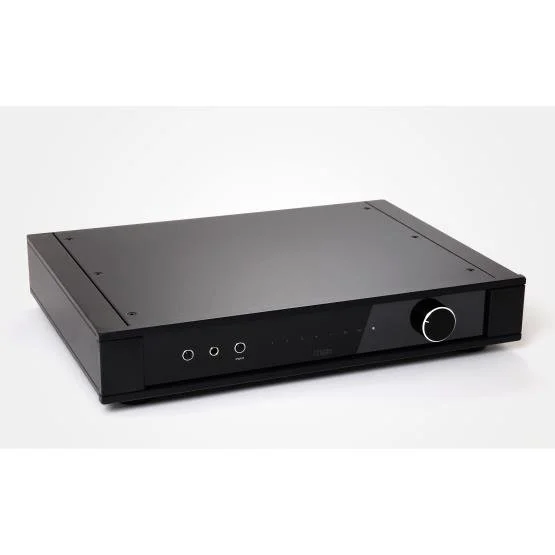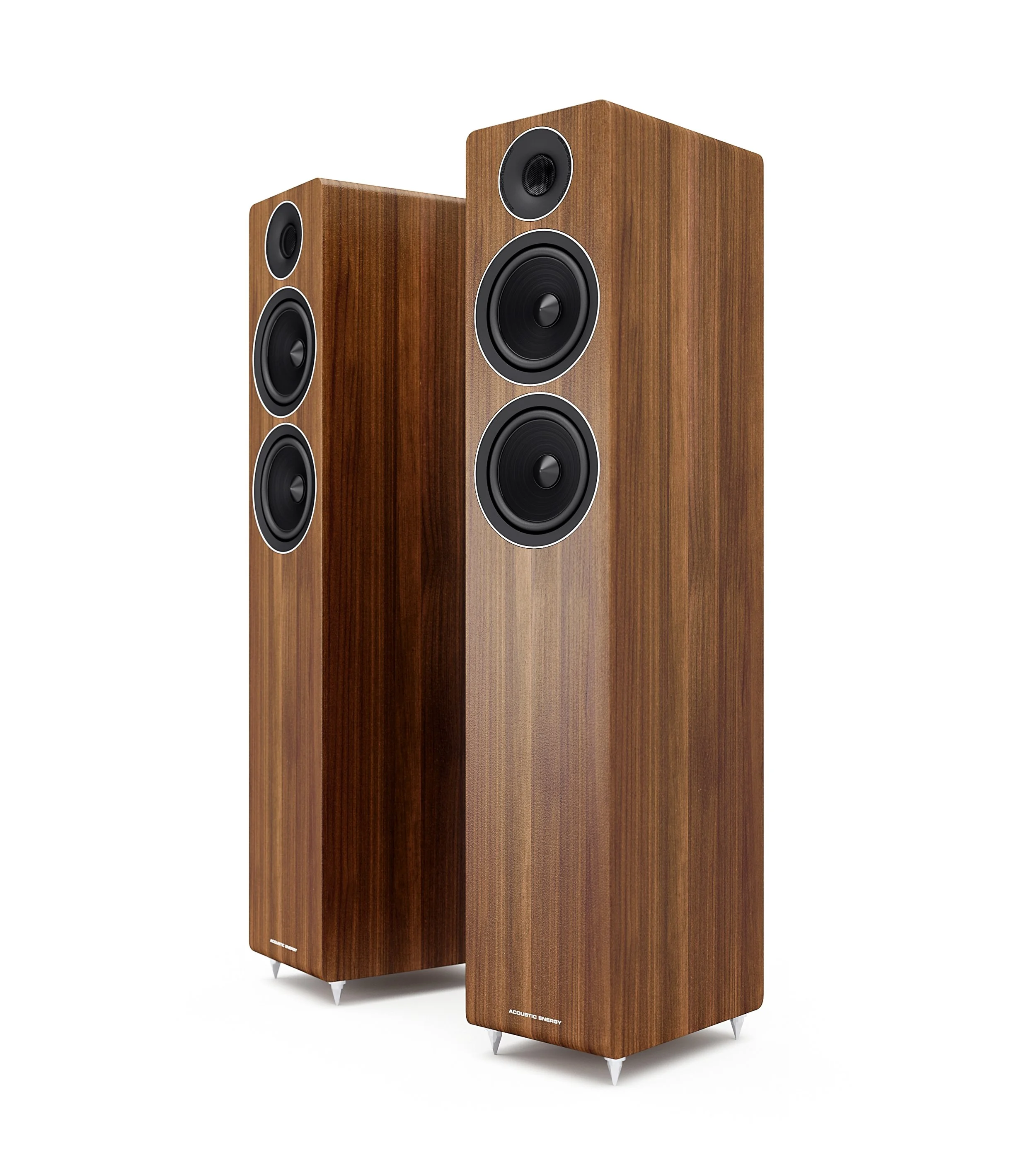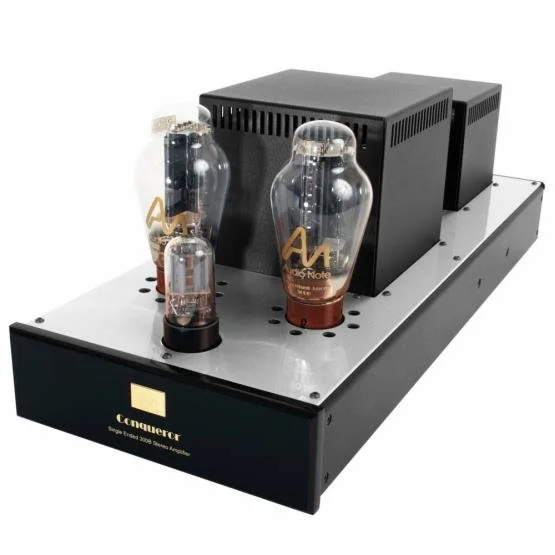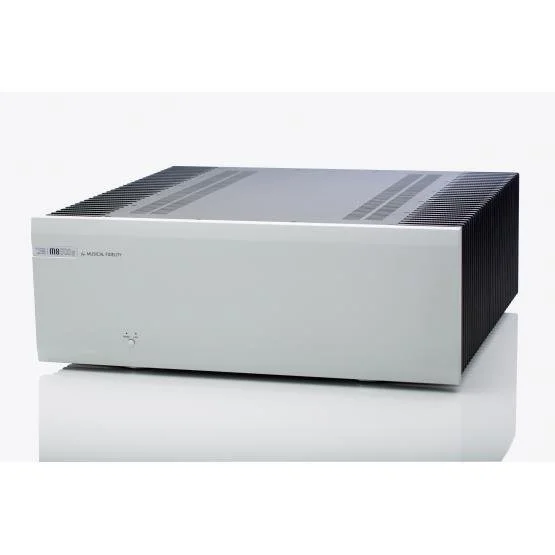Ohm my goodness! Watt amp to pair with my speakers?
/A frequent consideration for many entering the world of hi-fi is how to choose speakers to match an amplifier or vice versa. But, unless you have a basic understanding of how electricity works, it can seem a little daunting. In this month’s blog we aim to provide some information and guidance in clear, not-too-technical English to better help you make informed decisions when choosing your next system.
When looking at purchasing new speakers and/or an amplifier, some people focus on trying to match the stated power handling of speakers to their amp’s stated power output.
Whereas a manufacturer may state that a particular model of speakers has a power handling of such-and-such watts. Sometimes speaker manufacturers will state a recommended amplifier power range, for example 30-150w. Amp power output, meanwhile, is usually stated in watts per channel (wpc).
The best bit of advice we can give is don’t get overly hung up on trying to achieve the perfect marriage of watts. And here’s why…
Power Handling
Firstly, there is no single standard method for calculating power handling for speakers. Manufacturers calculate the power handling of their speakers using different approaches. It is therefore hard to say with any real certainty whether a speaker from Manufacturer A rated at 150w can cope with 50 more watts than a speaker rated at 100w from Manufacturer B.
There are actually different types of power ratings for speakers, including RMS, Max, and Peak. RMS (root mean square) is the most reliable measure of a speaker's power handling as it refers to its ability to handle continuous power, while Peak is not a reliable indicator of overall performance.
The second, and perhaps more important thing to remember, is that the power handling of a given pair of speakers does not mean that your speakers will sound terrible with an amp with an output lower than the recommended power handling figure. For example, if a pair of speakers are rated at 120W and an amp at 100w per channel, the amp (assuming it’s of decent quality) will most likely have no problems at all driving those speakers.
Nor does it mean that the speakers will blow up if you wire them up to an amp whose power output is slightly higher than the recommended power handling. In fact, as a general rule, it is better to use an amp that, on paper, outputs more watts than a speaker is rated for than to use an amp that is very underpowered. More on that later.
Resistance
The third thing to remember is that the stated power output of an amplifier is related to the nominal resistance of the speakers, expressed in ohms (Ω), that you are looking to drive. It’s why amplifier outputs tend to be stated as 100w into 8Ω, 150w into 4Ω and so on…
The Rega Elex delivers 72W into 8 ohms and 90w into 6 ohms (PHOTO CREDIT: REGA RESEARCH LTD)
The lower the ohms, the lower the resistance and the greater the load presented to the amplifier. The load determines the current that speakers draw from the amp – the lower the resistance, the more power drawn and the harder the amp has to work. It’s why the watts output by an amp increase as ohms decrease.
It is also worth remembering that the resistance of every pair of speakers varies across the frequency range. For instance, a speaker with nominal resistance of 8Ω may present your amp with loads as low as 2Ω and as high as 16Ω at certain frequencies and according to the dynamic demands of the music being played this can make the speaker hard to drive.
So, all other things being equal, an amp rated at 80w into 8Ω, for example, will have to work harder to meet the load presented by a pair of 4Ω speakers. However, a quality amplifier with a decent power supply will have plenty of headroom and so 4Ω speakers shouldn’t present too much of a challenge.
Sensitivity
Of course, all other things are not equal. And sometimes, when focusing on watts we can forget about speaker sensitivity which is expressed in decibels (dB) e.g. 87dB. Sensitivity is important when considering what speakers or amp to buy.
What that decibel figure shows is the level of sound output by a speaker at one metre’s distance using one watt of amplifier power. Basically, it is a way of measuring how efficient a speaker is at turning electrical power into sound.
Most modern speakers tend to fall into a range from 80dB to 100db. The higher the figure the more efficient the speaker.
Modern speakers like the Acoustic Energy AE309s are relatively easy to drive (Photo credit: Spendor)
So, an amplifier rated at 100w into 8Ω ought to drive a pair of 8Ω speakers with a sensitivity of 92dB to high volumes with ease and with little or no distortion.
But that same amplifier will have to work harder to drive a pair of 4Ω speakers with a sensitivity of 84dB to the same volumes. In other words you may have to turn up the volume to get the same level of sound.
This is fine if your amp has sufficient power reserves to cope with a more difficult speaker load. But you can run into problems if a low-powered amplifier is being asked to drive a pair of inefficient speakers to high volumes.
Return to the subject of Power
Remember we said we’d come back the point about it being better to over-power than under power your speakers? Well read on…
To recap, we recommended you don’t get too hung up on matching amp output in watts to the power handling of speakers
However, as a general rule, choosing an amp with an output at the top end or even beyond the recommended speaker handling figure is better than running an amp at the lower end of, or below, a speaker’s handling capacity.
Tube amps like the audio note conqueror, delivering 8w into 8 ohms, sound wonderful but may not be the best choice for hard-to-drive speakers (Photo Credit: Audio Note UK)
The reason, as we alluded to at the end of the previous section, is that a low-powered amplifier may struggle to drive a demanding speaker load (e.g speakers with low sensitivity and low resistance) to high volumes. It may even result in the amp clipping if it is required to deliver more power than it is designed for. Clipping simply refers to the ‘clipped’ or cut off waveform produced as shown on an oscilloscope when this happens. The result is distorted sound, and serious and prolonged clipping can damage both amplifiers and speakers.
A clipped WAVEFORM (IMAGE CREDIT: THE PRODUCTION ACADEMY)
On the other hand, it is also possible to damage a pair of speakers when driving them at too high volumes with an amp that delivers massively more power than is recommended for those speakers.
Now, many modern speakers can handle 100w or more comfortably, even entry level models. And most reasonably priced amps tend to sit in the 50 to 150wpc range. So most comparably priced amps and speakers will be compatible power-wise. And you should have no problem using an amp that can deliver around 50% more than the recommended power handling of a pair of speakers. For instance, a pair of speakers rated to handle 100w then an amp delivering 150wpc will drive then with no issues. Although it would be unwise to turn the amp up to maximum.
However, turning up the volume on an amp delivering loads more power – let’s say 2,3 or more times the recommended handling power of the speakers – would likely overheat the coils in the drivers and/or cause so much mechanical movement that the driver starts to thump in its assembly.
Conclusion
The reality is that many modern amps and speakers, in roughly the same price bracket, are compatible in terms of power output and handling.
There exceptions however. For instance, the Musical Fidelity M8s 500S Power Amplifier which outputs a potentially driver melting 500wpc into 8Ω.
Musical fidelity M8s 500s is a power house ampc (PHOTO CREDIT: Musical Fidelity)
So, as long as you are not trying to hook up a pair of sensitive stand mounters to pair of monster monoblock amplifiers - and, let’s face it, why would you - you will most likely be fine.
If you are in any doubt you can just ask a member of the Audio T staff.
Once you have laid to rest any doubts you may have had over amp and speaker compatibility then you can then get to the most important part of the process - and that is listening to them in one of our bespoke demo rooms!
As we know, just because an amp and a pair of speakers are technically compatible on paper, this tells you very little about how they will sound together, much less about whether you will like that sound.
At the end of the day, hi-fi is all about the music and how your equipment reproduces that music for you rather than technicalities of watts, ohms and decibels.
So, don’t be shy. If you are considering a new amp, speakers or any component and want some advice give us a call on 0239 266 3604 or email and we can get you booked in for a fun, free and no obligations demo.
Thanks for reading
Alan, Stephen and Luke - Audio T Portsmouth
If you have any questions about any of the equipment featured in this article, or any other Hi-Fi or home cinema enquiries, be sure to Contact Us
If you’ve enjoyed this, why not go ahead and read some more of our other blogs, and be sure to follow us on our social media channels below…













